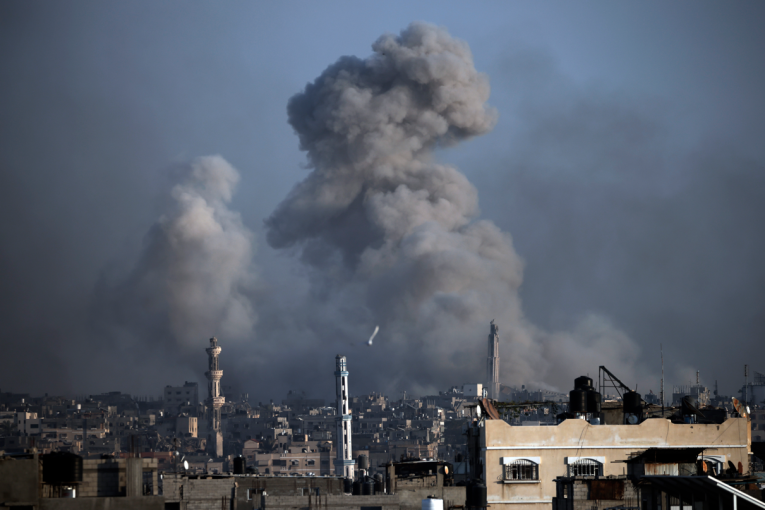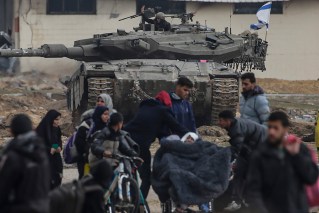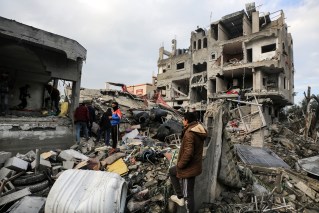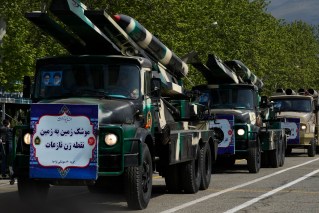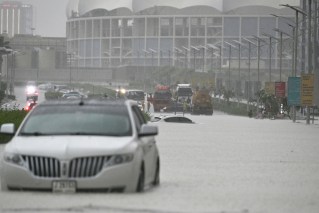Afghan flights resume as US military regains control of Kabul airport

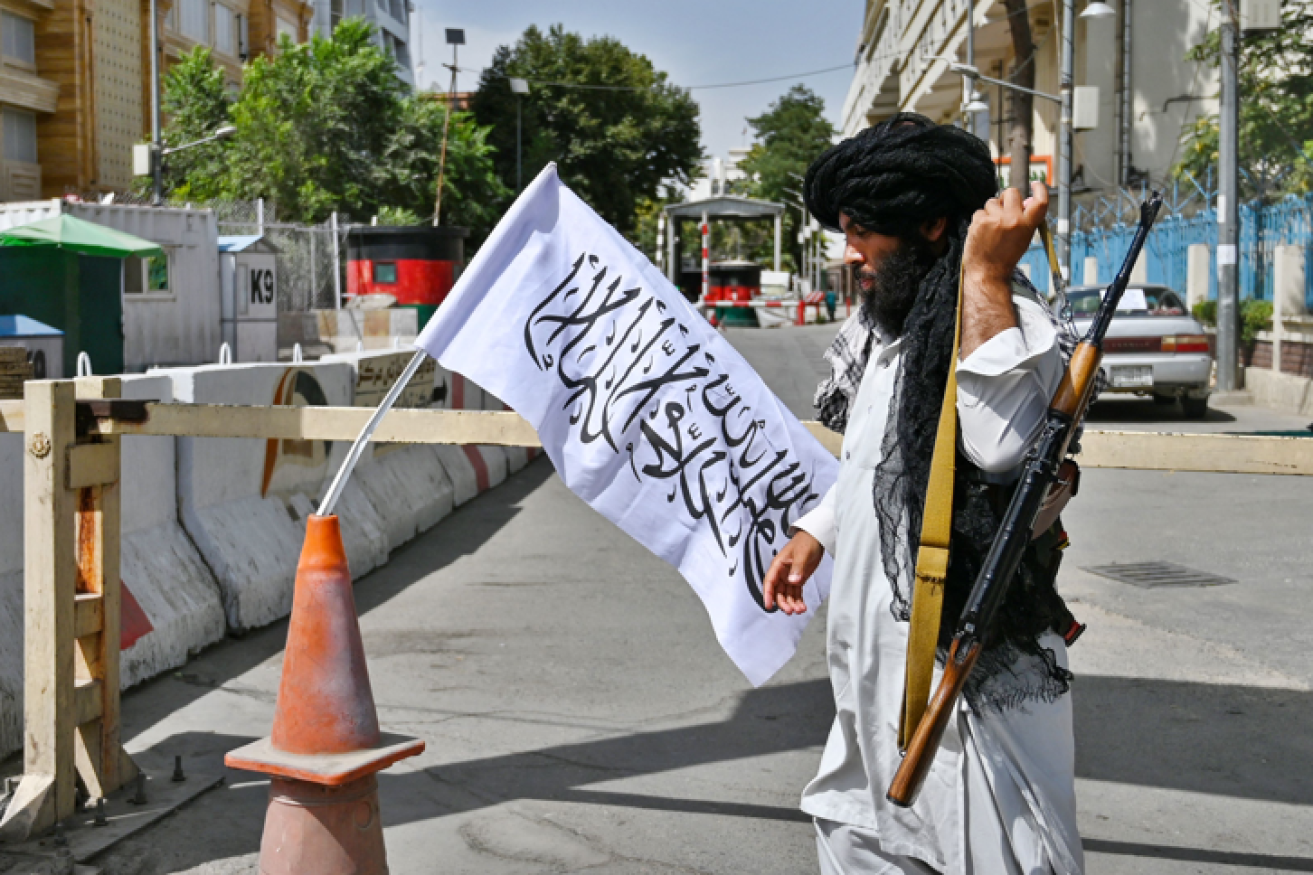
A Taliban militant mans a roadblock in the heart of Kabul as order and evacuation flights recommenced. Photo: Getty
US military flights evacuating diplomats and civilians from Afghanistan have restarted after the runway at Kabul airport was cleared of thousands desperate to flee following the Taliban’s sudden takeover of the capital.
The number of civilians had thinned out on Tuesday, a Western security official at the airport told Reuters, a day after chaotic scenes in which US troops fired to disperse crowds and people clung to a US military transport plane as it taxied for take-off.
At least 12 military flights had taken off, a diplomat at the airport said.
Planes were due to arrive from countries including Australia and Poland to pick up their nationals and Afghan colleagues.
The big questions
As they rush to evacuate civilians, foreign powers are also assessing how to respond to the new rulers in Kabul and also how to deal with refugees trying to flee the country.
Former US President George W Bush, who launched a “war on terror” in Afghanistan following the September 11, 2001, attacks, said the United States must move quickly to help Afghan refugees.
Under a US troops withdrawal pact struck last year, the Taliban agreed not to attack foreign forces as they leave.
US forces took charge of the airport – their only way to fly out of Afghanistan – on Sunday, as the militants wound up a week of rapid advances by taking over Kabul without a fight, 20 years after they were ousted by a US-led invasion.
Flights were suspended for much of Monday, when at least five people were killed, witnesses said. Media reported two people fell to their deaths from the underside of a US military aircraft after it took off.
US troops killed two gunmen who appeared to have fired into the crowd at the airport, a US official said.
US President Joe Biden defended his decision to withdraw US forces after 20 years of war – his nation’s longest – which he described as costing more than $1 trillion.
But a video of hundreds of desperate Afghans trying to clamber on to a US military plane as it was about to take off could haunt the United States, as has a 1975 photograph of people trying to get on a helicopter on a Saigon roof became emblematic of the humiliating withdrawal from Vietnam.
Biden said he had to decide between asking US forces to fight endlessly or follow through on a withdrawal agreement negotiated by his predecessor Donald Trump.
“I stand squarely behind my decision,” Biden said.
“After 20 years I’ve learned the hard way that there was never a good time to withdraw US forces. That’s why we’re still there.”
The leaders who fled
Facing criticism from even his own diplomats, he blamed the Taliban’s takeover on Afghan political leaders who fled and its army’s unwillingness to fight.
The Taliban captured Afghanistan’s biggest cities in days rather than the months predicted by US intelligence. In many cases, demoralised government forces surrendered despite years of training and equipping by the United States and others.
The Taliban began their push in the spring with attacks on government positions in the countryside and targeted killings in cities. The International Committee of the Red Cross said more than 40,000 people with wounds caused by weapons had been treated at facilities it supports in June, July and August, with 7,600 of them since August 1 alone.
US forces are due to complete their withdrawal by the end of this month under the deal with the Taliban that hinged on their promise not to let Afghanistan be used for international terrorism.
President Ashraf Ghani fled Afghanistan on Sunday as the Islamist militants entered Kabul, saying he wanted to avoid bloodshed.
That day, some 640 Afghans crammed into a US C-17 transport aircraft to fly to Qatar, a photo taken inside the plane showed.
The UN Security Council called for talks to create a new government in Afghanistan after Secretary General Antonio Guterres warned of “chilling curbs” on human rights and violations against women and girls.
During the Taliban’s 1996-2001 rule, women could not work and punishments such as public stoning, whipping and hanging were administered.
The Taliban have said there will be no retribution against opponents and promised to respect the rights of women, minorities and foreigners, but many Afghans are sceptical and fear old enemies and activists will be rounded up.
-with AAP
